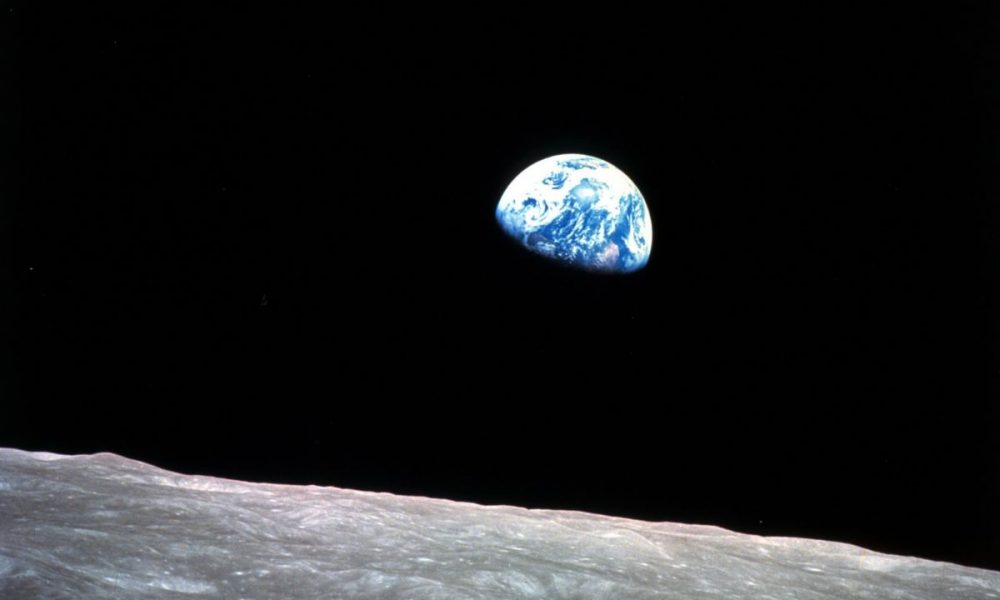
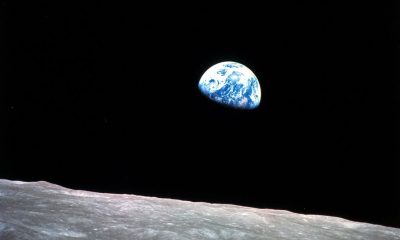

Japan's primary motivation is to develop and operate a manned lunar rover in the program to demonstrate its technological capabilities.
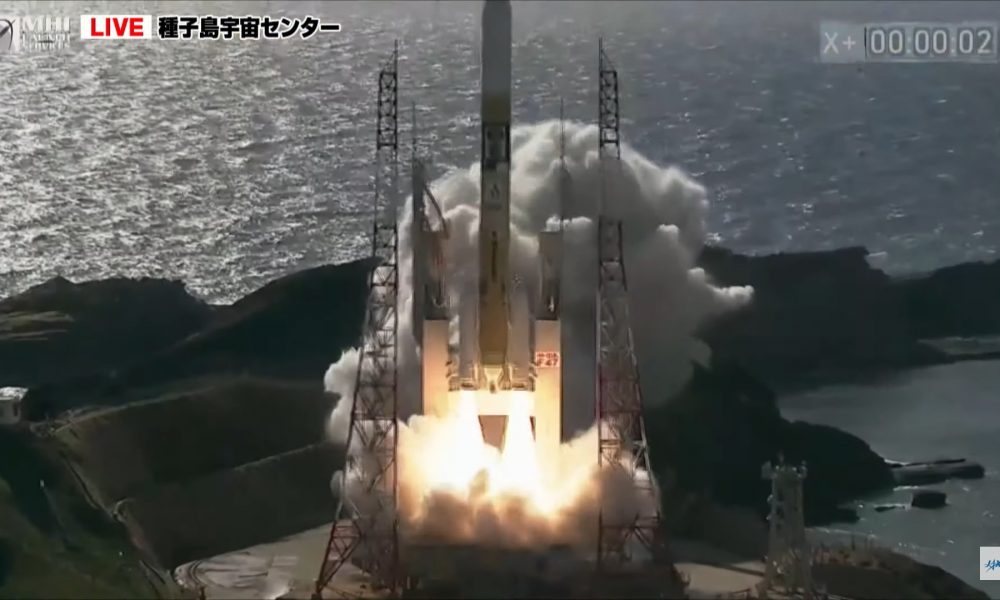
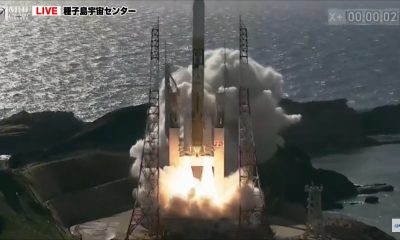

After the successful H2A rocket launch, Japan hopes to achieve a high-precision landing using technology that could also apply to future manned Mars missions.



NASA and its partners, including Japan’s JAXA, expect to land on the moon and begin full-scale exploration, including searching for water, in the late 2020s.
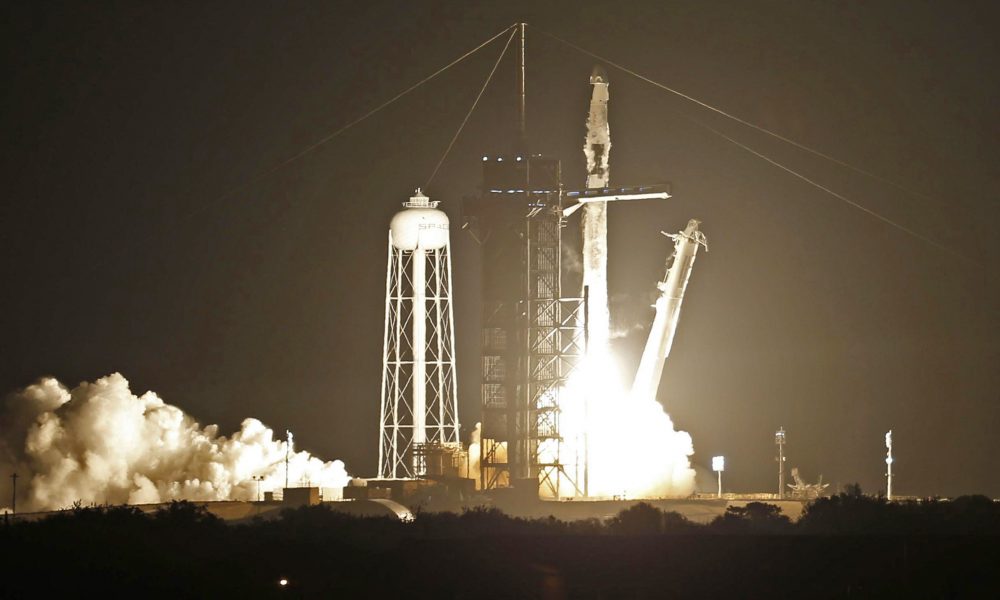


The private sector can harness the technology for intercontinental high-speed passenger transportation by around 2040.
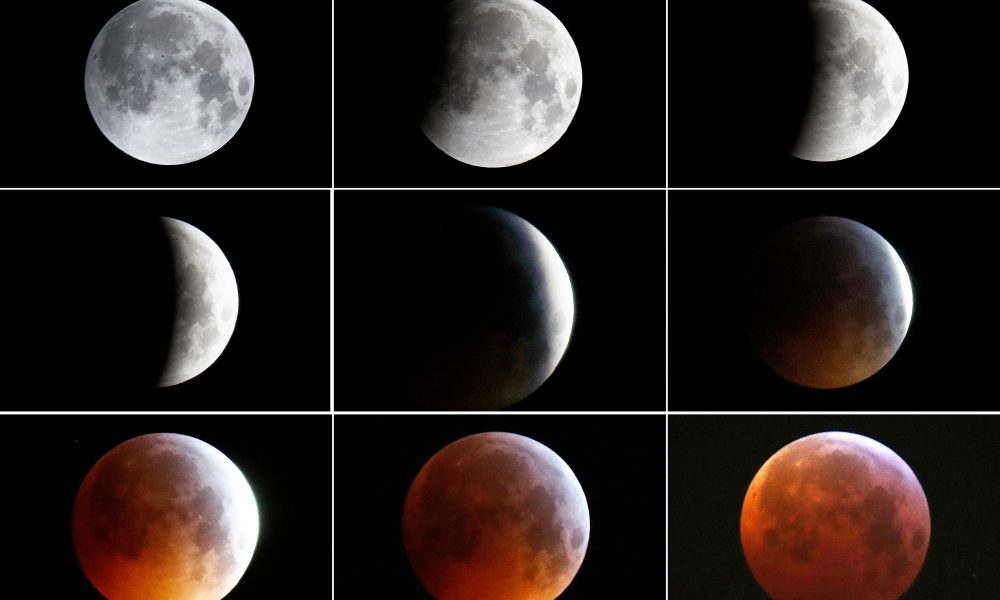


The total eclipse of the supermoon on May 26 will be visible throughout Japan, weather permitting, and around much of the Pacific region, including Australia and...


The adventure and technology is super-exciting. We reveal why Japan is determined to keep its place as one the world’s top space powers. Here are some...
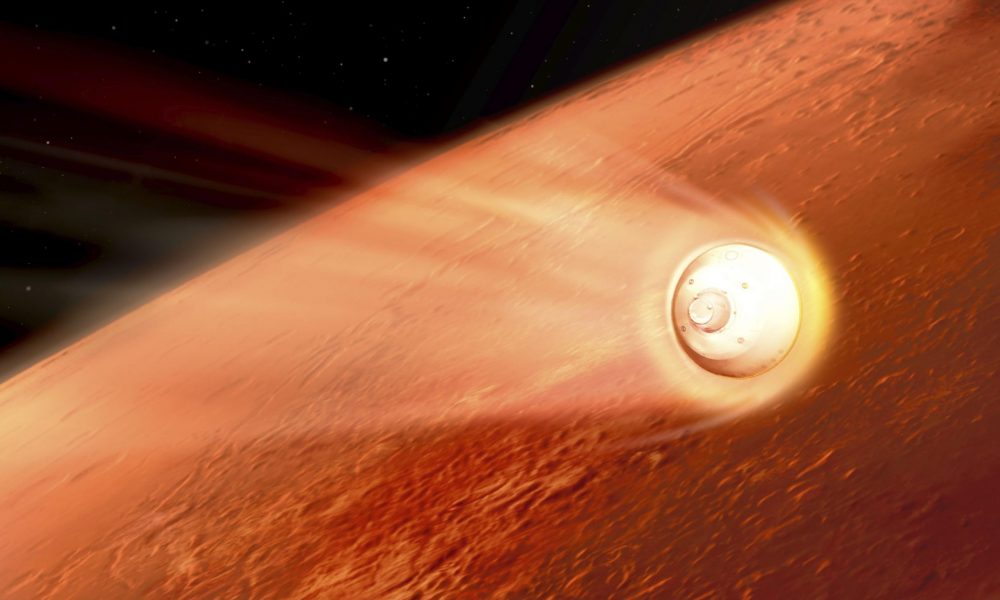
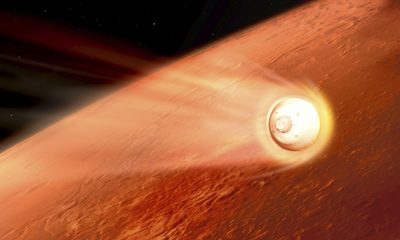

Universities and private companies are looking into reproducing gravity, preparing parks and rivers, and cultivating vegetables on the Red Planet.
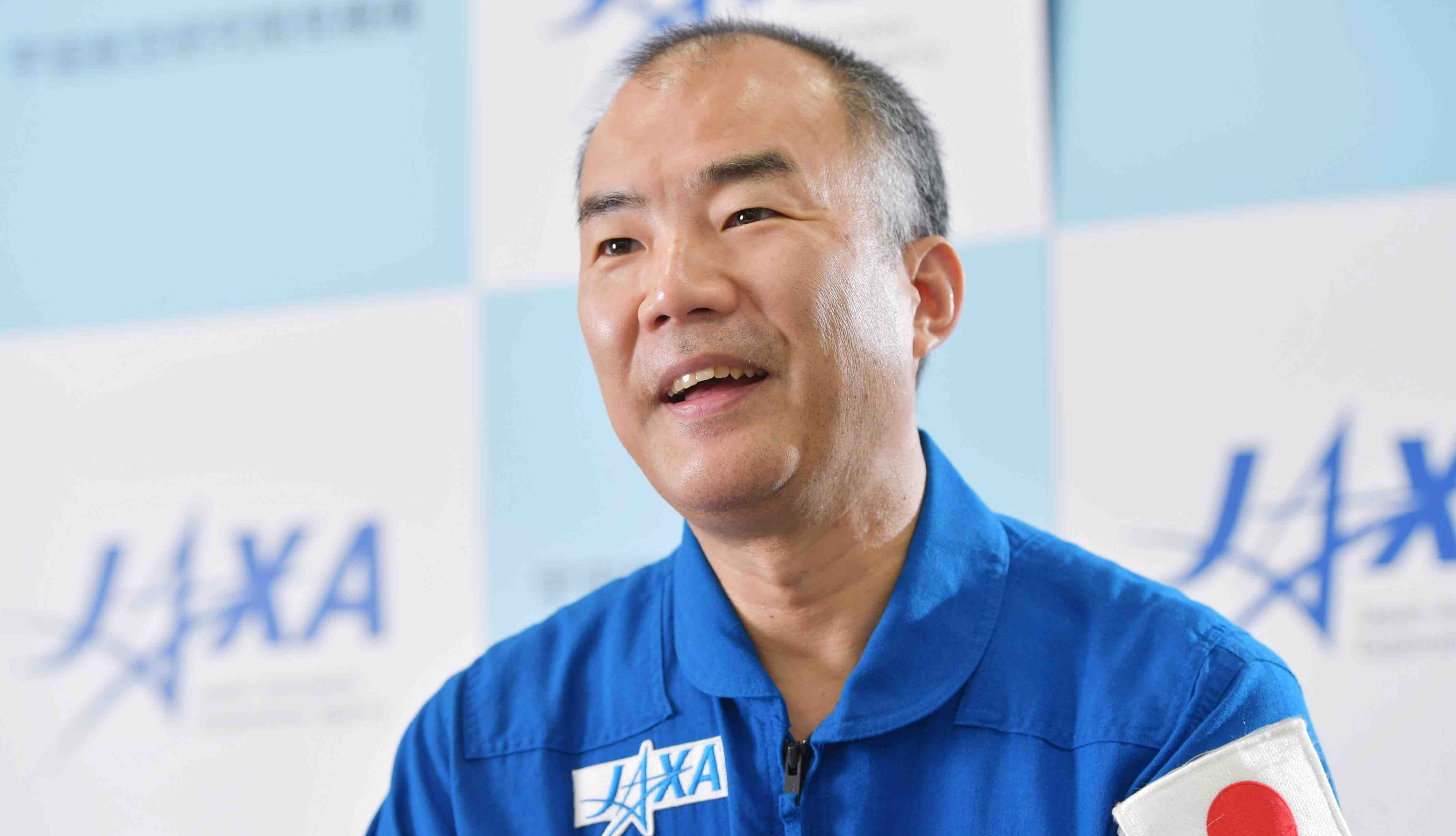

Japanese astronaut Soichi Noguchi will launch back into space between September and December 2020 onboard NASA’s new U.S. SpaceX Dragon spacecraft if preparations go smoothly. ...
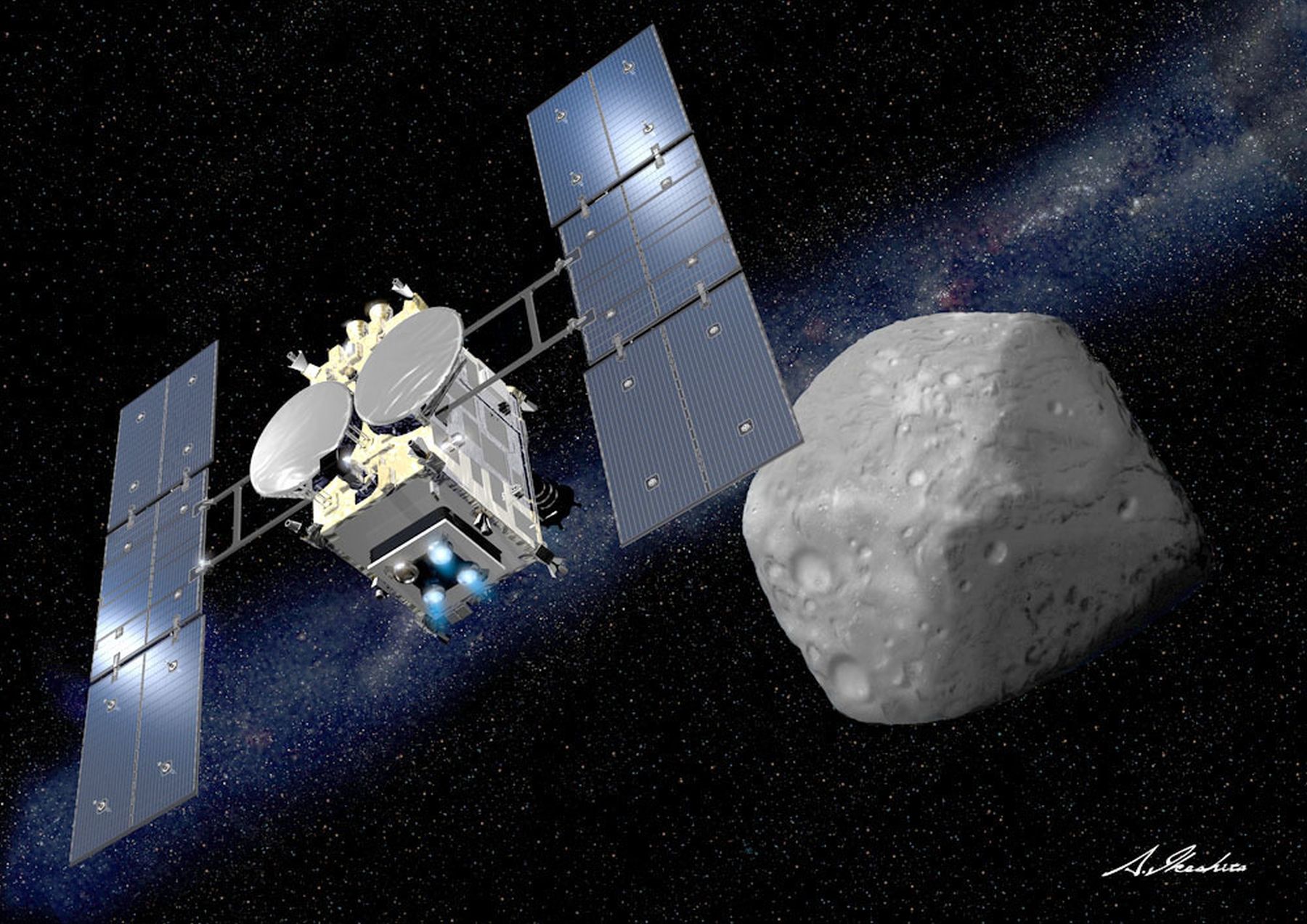


Japan’s space agency announced that its Hayabusa2 space probe departed from asteroid Ryugu at 10:05 A.M. on November 13, 2019, Japan Time, embarking on its...
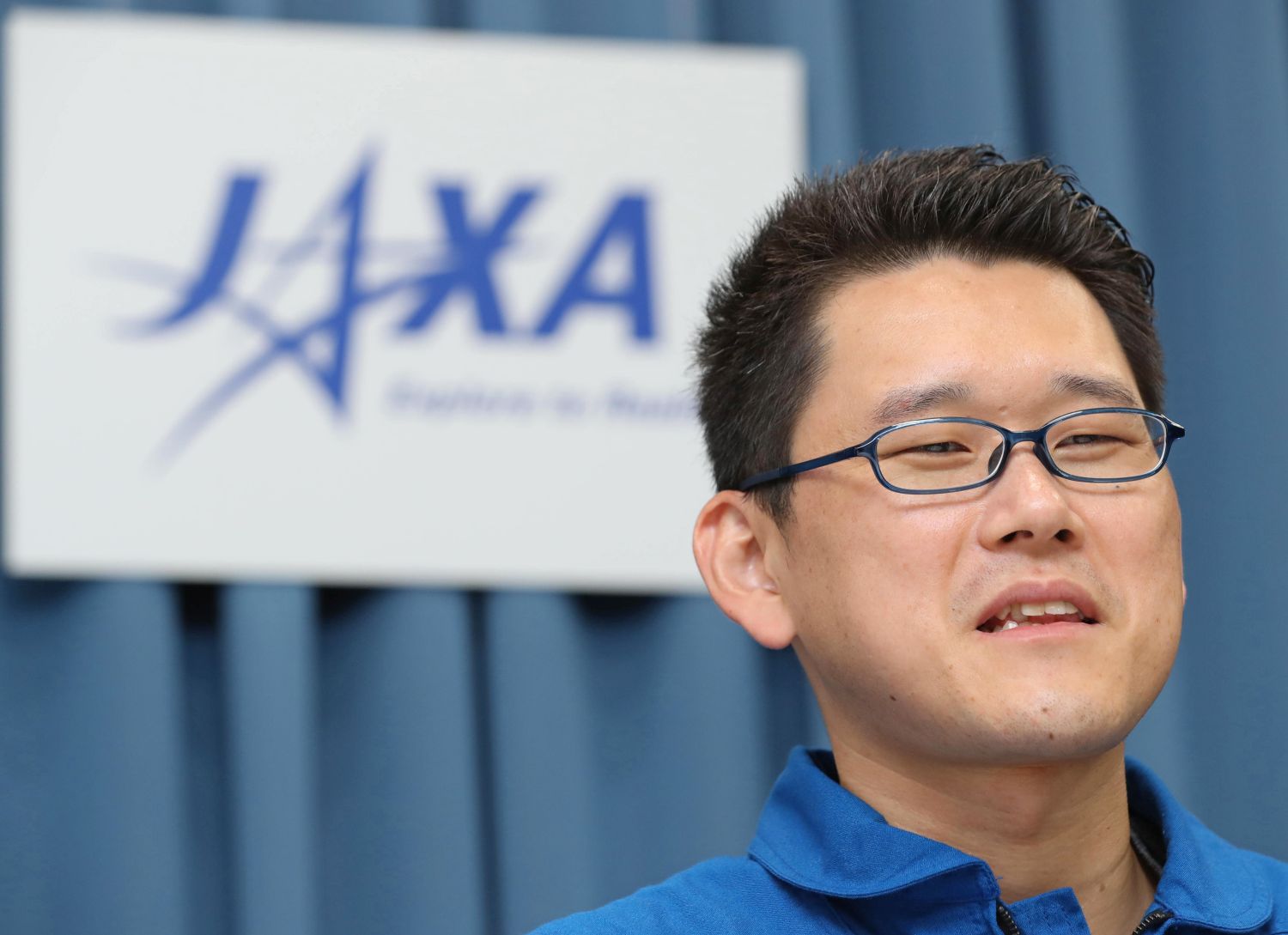


By Takeo Kusaka Japanese Astronaut Norishige Kanai, 41, returned to Earth in June, following a lengthy assignment on the International Space Station...